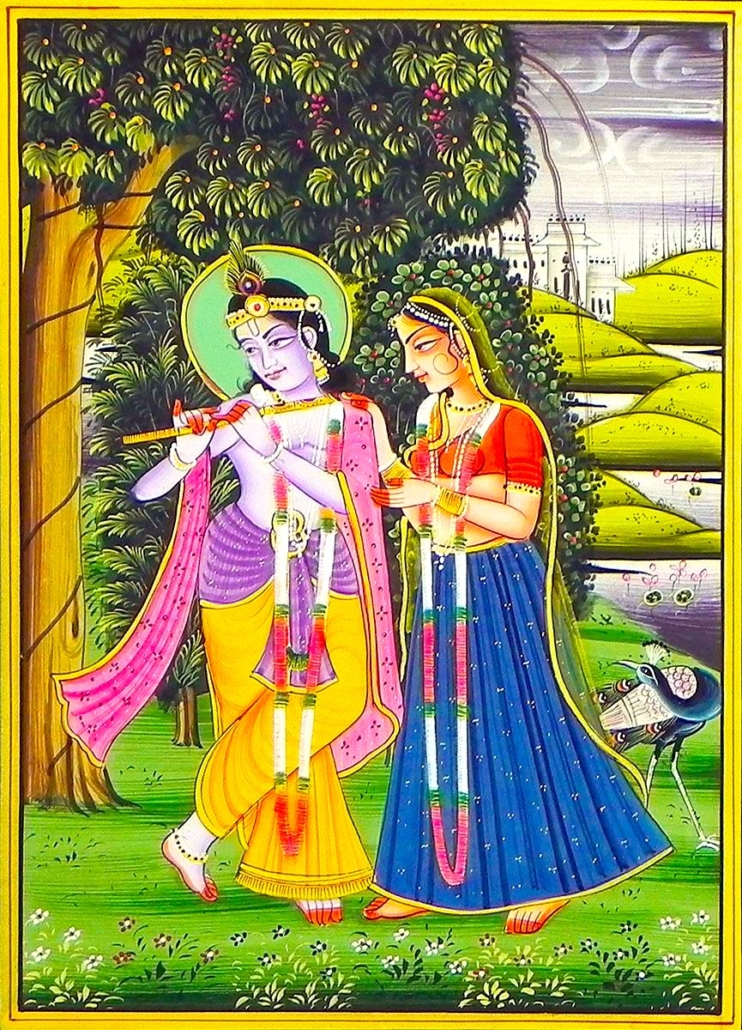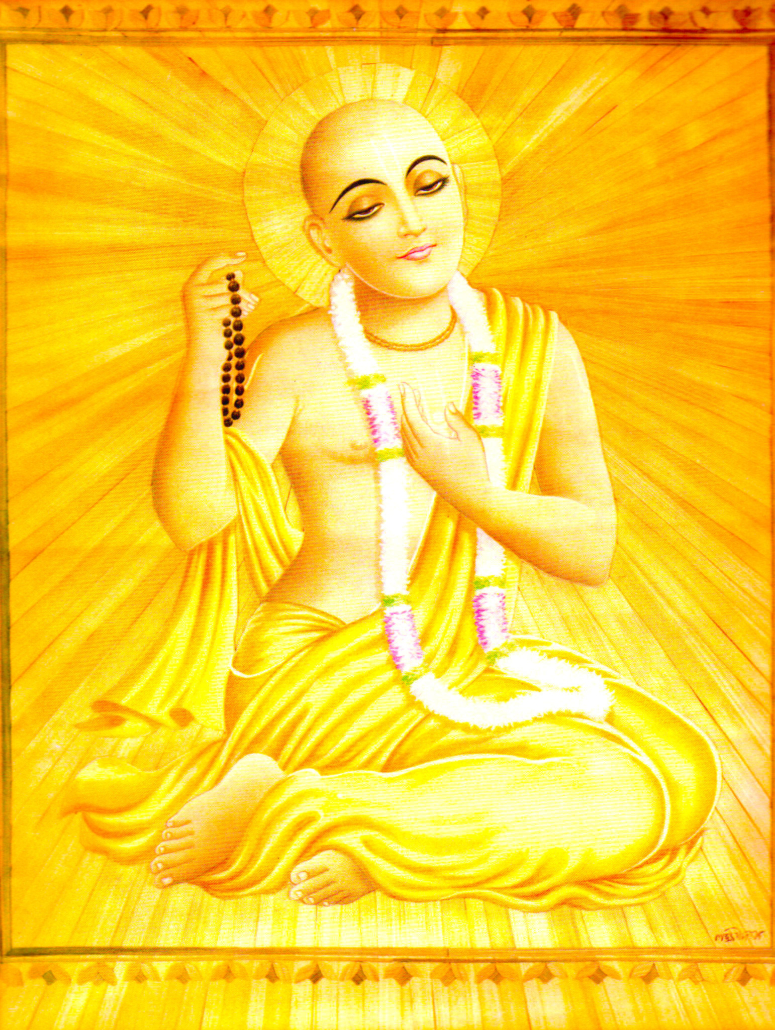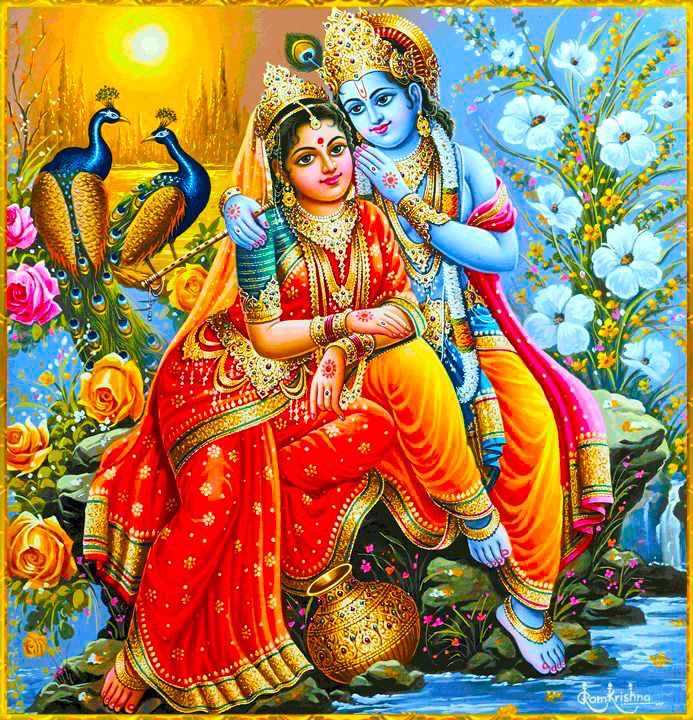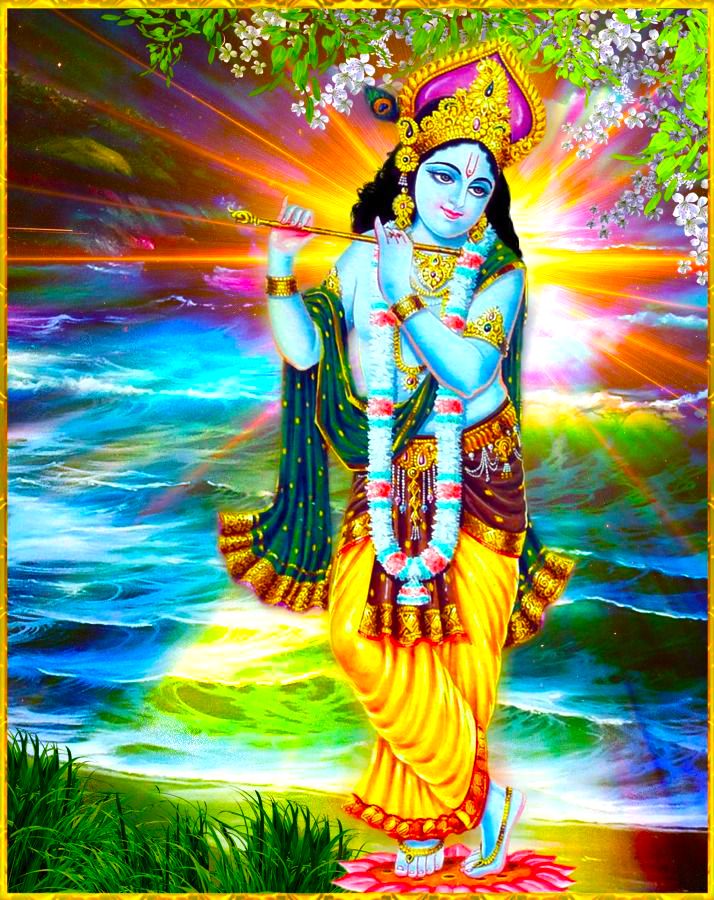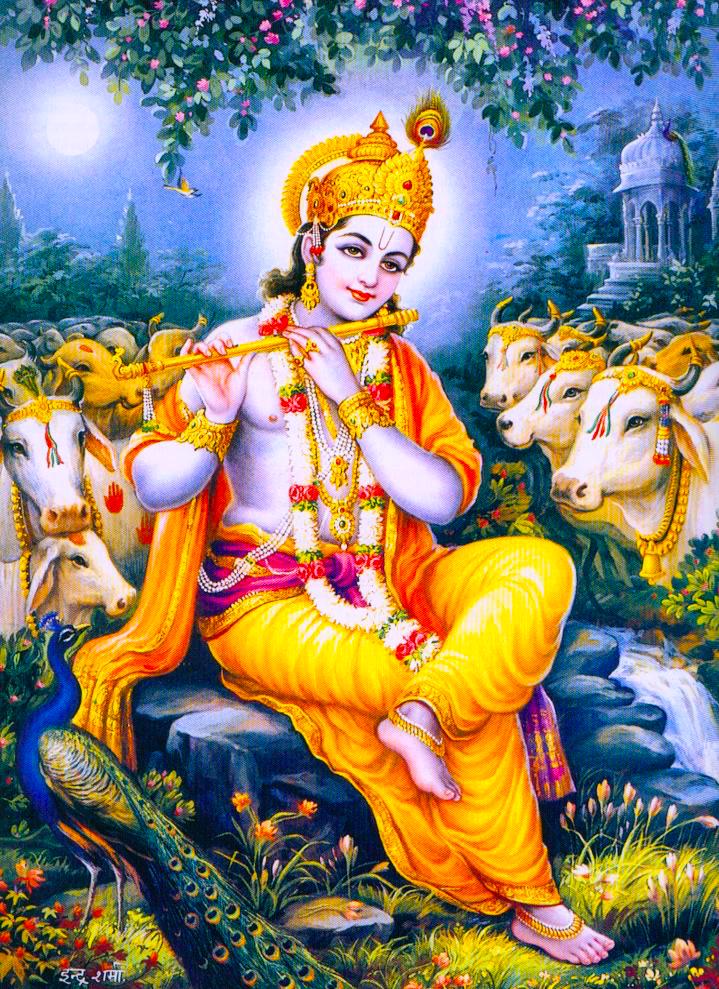Mahanidhi Madan Gopal Das
Five hundred years ago in Jagannatha Puri, Sarvabhauma Bhattacarya asked Sri Caitanya Mahaprabhu which item is the most important form of devotional service.
bhakti-sādhana-śreṣṭha śunite haila mana
prabhu upadeśa kaila nāma-saṅkīrtana
harer nāma harer nāma, harer nāmaiva kevalam
kalau nāsty eva nāsty eva, nāsty eva gatir anyathā
Sarvabhauma Bhaṭṭācārya asked Caitanya Mahāprabhu, ‘Which item is most important in the execution of devotional service?’ Mahaprabhu replied that the most important item was the chanting of the holy name of the Lord. Then Mahaprabhu quoted a verse from Bṛhan-nāradīya Purāṇa:
‘In this age of quarrel and hypocrisy, the only means of deliverance is the chanting of the holy names of the Lord. There is no other way. There is no other way. There is no other way.’ (Caitanya Caritamrita, Madhya 6.241-2)
Sri Caitanya Mahaprabhu always emphasized the supremacy of nama-bhajana in His preaching. In Jagannatha Puri, Mahaprabhu also instructed Sanatana Gosvami on this point:
bhajanera madhye śreṣṭha nava-vidhā bhakti
‘kṛṣṇa-prema’, ‘kṛṣṇa’ dite dhare mahā-śakti
tāra madhye sarva-śreṣṭha nāma-saṅkīrtana
niraparādhe nāma laile pāya prema-dhana
Of all the different spiritual practices, the nine forms of bhakti (sravanam, kirtanam, etc) are the best because they have great potency to deliver Kṛṣṇa and ecstatic love for Him. Of these nine practices, nama-sankirtana is the best. By chanting the holy name without offense, one very easily obtains the priceless treasure of kṛṣṇa-prema. (Caitanya Caritamrita, Antya 4.70-1)
“The Caitanya-caritāmṛta states that of the nine ways of devotional service to obtain love of God, the foremost is nāma-saṅkīrtana. One who chants nāma without offenses surely achieves love of God. Bhakti-sandarbha says no form of bhakti (i.e. mathurā-vāsa, sādhu-saṅga, srī-murti sevā, and bhāgavata-sravana) is complete without Śrī Kṛṣṇa nāma-saṅkīrtana. The Hari-bhakti-sudhodaya says that saṅkīrtana is the best and foremost of all spiritual practices for attaining Kṛṣṇa’s mercy. If the other practices of bhakti are helpful to it, they should then be accepted.” (Sri Caitanya’s Teachings)
“Sri-nama bhajana is more powerful than all other forms of bhajana (nava-vidha-bhakti). There is no difference between nama (the holy name) and nami (Bhagavan, who possesses the name.) If you chant nama without offense, you will very quickly attain all perfection. All nine forms of bhajana are automatically carried out by performing nama-bhajana. When one utters sri-nama, he is engaged in hearing and chanting (sravanam, kirtanam). As one continues to chant, one also remembers the pastimes of Kṛṣṇa, and within the mind one serves Kṛṣṇa’s lotus feet (pada-sevanam), worships Him (arcanam), offers prayers (vandanam), serves Kṛṣṇa in the mood of a servant (dasyam) or friend (sakhyam), and offers one’s very self to Kṛṣṇa (atma-nivedanam).” (Jaiva Dharma ch. 4)
Upon completing the description of the sixty-four limbs of devotional service, Śrīla Rūpa Gosvāmī mentions five of them as the most important items. Śrīla Bhaktisiddhānta Sarasvatī Ṭhākura clearly shows how each one of these five most potent devotional processes points to the chanting of the holy name.
Sarasvatī Ṭhākura once explained that after careful consideration of the five limbs of bhakti, the best practice is srī-nāma bhajana. The next entry shows how chanting Kṛṣṇa’s holy names is the root of all nine forms of devotion and is glorified above all.
(1) Sādhu-saṅga–associating with devotees is recommended to create a taste or inclination for srī-nāma bhajana. This comes from associating with holy saints who are attached to chanting Kṛṣṇa’s holy names with firm faith and who systematically chant the names.
(2) Bhāgavata-śravaṅa–hearing Śrīmad Bhāgavatam which itself declares sri-nāma bhajana to be the highest virtue. In its beginning, middle (sixth canto, Ājamila story), and end, the Śrīmad Bhāgavatam repeatedly stresses the efficacy of sri-nāma bhajana.
(3) Mathurā-vāsa–sri-nāma bhajana is situated at the root of residence in Vṛndāvana or Śrīdhāma Māyāpur. The sādhus living in or visiting these holy places are always engaged in nāma-saṅkīrtana.
(4) Śrī-murti-sevā–the service of Kṛṣṇa’s Deity is always conducted with mantras full of God’s names. The Hari-bhakti-vilāsa and Śrī Jīva Gosvāmī say that Deity service must be accompanied with chanting the Hare Kṛṣṇa mantra for it to be accepted.
(5) Nāma-saṅkīrtana–is directly chanting the holy names.
“Of all means of bhajana (devotional service), the name of Kṛṣṇa is most purely spiritual. In describing the absolute duties, Hari-bhakti-vilāsa states that singing and meditating on Śrī Nāma (Kṛṣṇa’s holy names) is the best devotional activity.
“The most advanced devotees who have fully dedicated themselves to Śrī Kṛṣṇa take exclusive refuge in kṛṣṇa-nāma amongst all other practices of devotion. There is no other performance so pure and spiritual as singing the name of Kṛṣṇa.” (Nama-bhajana)
According to Sri Jiva Gosvami, chanting the holy name is not only the greatest form of sadhana, but it must accompany every other form of devotional service: “Chanting the holy name of Kṛṣṇa is the chief means of attaining love of God. This chanting does not depend on any paraphernalia, nor birth in a good family. All the Vedas proclaim that by humility and meekness one attracts the attention of Kṛṣṇa. Therefore, chanting Hare Kṛṣṇa is the greatest sadhana (mahā-sādhanānam), and the fulfillment of all sacrifice, penance and austerities. Simply by chanting one achieves ecstatic love of God and complete perfection in life. Therefore, whatever one does in executing devotional service must be accompanied with the chanting of the holy name.” (Bhakti-sandarbha 270)
An excerpt from the book Art of Chanting

